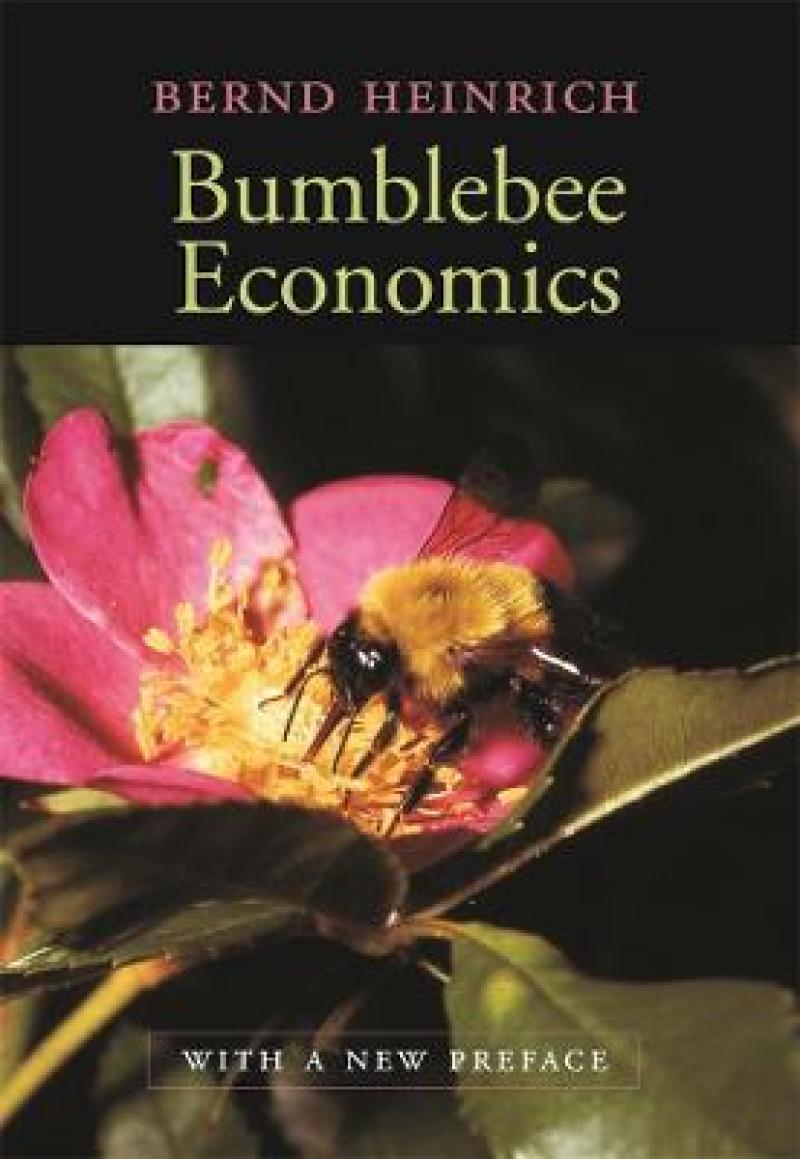This is a remarkable and rewarding book, complementary to, yet in some respects going far beyond, its predecessors. It is highly recommended.
- Caryl P. Haskins, New York Times Book Review
Extraordinary...the implications of work such as Heinrich’s seem to me more resonant than the promise of a rich harvest of new research.
- Fred Hapgood, Harper’s Magazine
A magnificent book that combines the best of both writing and science...Heinrich has performed a masterful job of sharing his personal research efforts and those of others in his field. He has written an extremely interesting book and in the process has shown how one kind of organism can be used as a model to investigate behavior, physiology, ecology and evolution. <i>Bumblebee Economics</i> should serve as a model for good scientific writing.
- Matthew M. Douglas, Quarterly Review of Biology
Heinrich is the author of several notable books about nature. This one, first published in 1979, is a classic, a fascinating, readable study of life as organized (sort of) by a most endearing little creature. A new preface summarizes findings of the last quarter-century. A splendid work.
Globe and Mail
